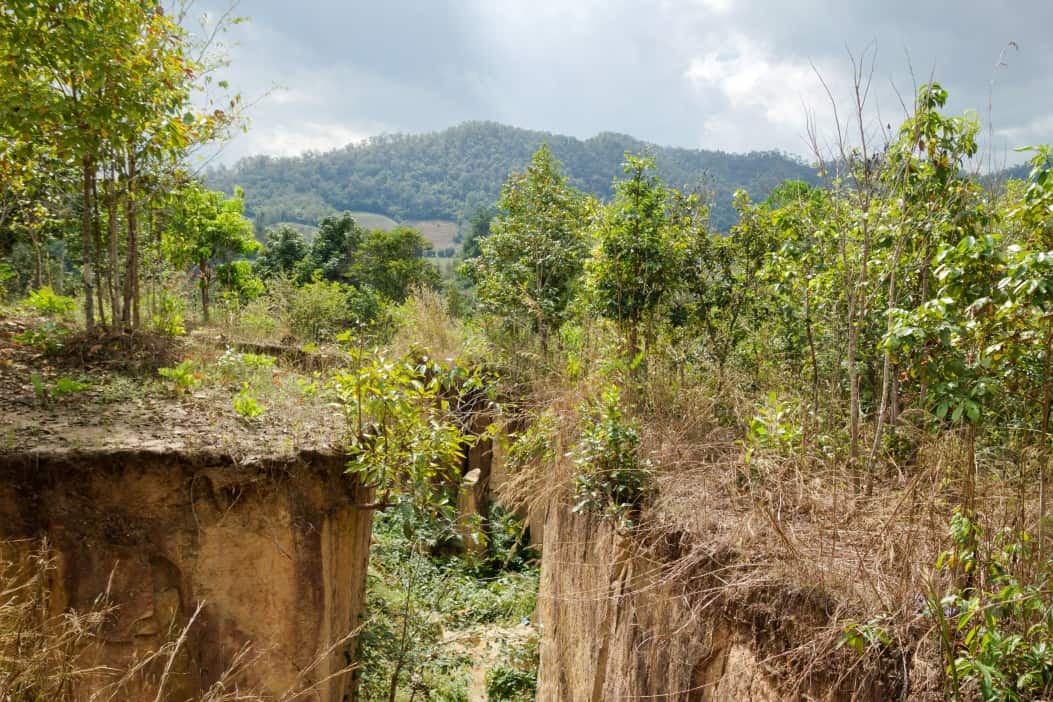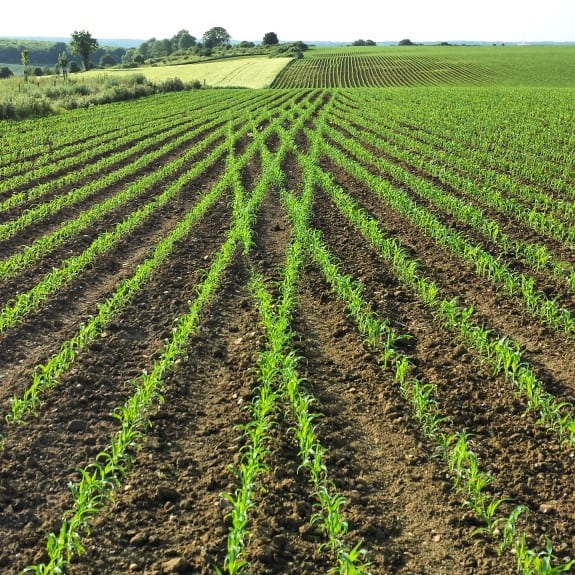Biomass energy may seem like a new thing in this world of science; however, biomass has been used since the earliest of times when people discovered the use of fire. They started using stones, leaves for the production of fire and utilize it for cooking, hunting, etc. Biomass is a form of energy that comes from the use of natural materials such as plants and animals. Living organisms have a tremendous amount of energy stored in them, which can be used in various ways.
When a living being dies, it is still able to provide a generous amount of energy that was mostly acquired from the sun and stored in the form of biofuel or biomass energy.
There are various uses of biomass energy, such as using the power to produce heat for winters or heating buildings in cold climates. The energy produced by biomass can also be used to generate electricity through turbines and generators. Biofuels themselves can also be created using biomass energy.
How can biomass energy use improve water quality?
There are several ways through which biomass would be beneficial in improving water quality. Some of these ways are mentioned below:
By decreasing sewage:
A large number of countries cautiously treat sewage and make sure to deposit it where it wouldn’t damage the quality of water. However, some countries don’t really bother to do so, and the sewage from their cities enters main rivers flowing through their cities and affects the quality of water significantly. When you use remains of living beings to produce biomass energy, the number of sewage decreases and protects the water quality.
Reducing pollutants:
When biomass materials are burnt in the presence of oxygen, the smoke that comes out plays an essential role in killing the contaminants present in the air. This ensures that almost no pollutants are entering the water nearby and thus keeping it clean and safe for drinking. The smoke from biomass combustion acts as a filter that doesn’t let the pollutants pass through it and keeps our surroundings safe.
Reduction in soil erosion
Crops like corn require a lot of care. They need to be safely removed and replanted each time. This leads to a weakening and disposition of soil, which eventually leads to soil erosion.

However, crops such as willows, which are specifically used for biomass, do not require such care, and binds the soil together. Due to this, the soil stays strong and keeps the water table underground safe and clean.
Biomass energy pros and cons
As is the case with any kind of energy source around the world, there are many pros and cons associated with biomass. Production of biomass should be done keeping in mind these facts so that optimum utilization of energy can take place, and no resources go to waste.

Advantages of biomass energy
Renewable source of energy
Unlike fossil fuels, which will diminish from the earth soon, raw materials of biomass energy are natural and would never decrease from the surface of the planet. Materials such as garbage, manure, dead plants and animals and waste from the living are some sources of biomass energy. They keep coming and coming, and we would never fall short of them because they are natural and get their energy from the sun. The crops, however, that are used for the production of this energy may take a few months to regrow, and various other sources could be used instead for the time being.
Reduced pressure of fossil fuels
With more and more sources of energy coming up, we no longer depend entirely on fossil fuels for electricity or other fuels. We can use these natural renewable resources that would stay on earth for a longer time.
Many car companies are now changing their designs and engines so that energy produced by biomass can be used to run them. This will reduce costs, and the driver will no longer have to wait in long lines for petroleum.
Balancing of carbon
When a plant or animal grows, it utilizes a large amount of carbon from the atmosphere around it during its lifetime. When the plant or animal remains are used as fuel for biomass, they release a lot of carbon in the atmosphere, which sort of balances the amount carbon compared to oxygen. This produces an equilibrium of carbon neutrality in the environment.
Reduction of waste
With population exploding and the amount of waste increasing, waste management has become a massive concern in most concerns. A significant concern is the spreading of diseases from one place to another. A lot of effort goes into managing waste from households, etc. and dumping them in the right place. When a considerable amount of biowaste goes into the production of biomass energy, the need for waste management reduces. The environment becomes cleaner, and pressure on the earth for decomposition reduces.
Disadvantages of biomass energy

Storage of carbon
As has already been mentioned, biomass contains a lot of carbon content and burning, which leads to releasing a large amount of carbon dioxide. To not let the earth get affected, a lot of effort goes into the recapturing of carbon dioxide. The amount of carbon dioxide released and the time required to recover it depends on the kind of raw materials for the production of biomass energy.
Air pollution
Biomass does involve natural materials that are not harmful to the earth. However, combustion of such materials releases several pollutants such as carbon monoxide, organic compounds, carbon dioxide, various nitrogen oxides, etc. that lead to air pollution in one way or the other. Additionally, when we use a lot of trees and plants for the production of biomass energy, it starts to affect the environment. This practice is often criticized for the climatic changes occurring these days.
Requires capital
Producing biomass energy requires establishing a whole plant that would be used to harness and produce energy. Construction of such plants is not easy, and machines such as turbines, generators are quite expensive. Biomass may provide profit later, but the initial capital is high.
Seasonal issues
Since the production of biomass energy depends on the kind of animals and plants, and their remains are being used, seasons may play a role in affecting the amount of energy being produced. As in some seasons, water content would be higher in the living organisms, while in some seasons, the water content could be quite low. The climate in which the living being would be may also affect the process ongoing inside their body. Therefore, the chemical reactions which cause the production of energy may get affected by the ever-changing chemical composition of the raw materials.
What are some biomass energy examples?
There are various types of biomass energy present around us that can be used as raw materials for biomass energy. Using them in the most efficient manner and for the appropriate means is what is most important.
Wood
It is one of the most common and original sources of biomass energy. The early humans used to burn wood to get heat and cook food. The fire generated from wood also helped them keep away from animals at night. Wood nowadays is used in factories and power plants. It can either be burned so that the steam produced can be used for moving turbines, which eventually produces electricity.

The usage of wood brings carbon neutrality to the environment. It is more environment-friendly than the use of coal, gas, oil, etc.
Trees crops
Crops such as poplar and willows are great for producing biomass energy in power plants.

The farming industry especially grows such crops and then harvests them so that they can be sold to factories where biomass is generated.
Crops with starch
Various food items can be utilized to produce biomass energy. Plants such as wheat, sugarcane, corn, etc. contain a lot of starch. If this starch is utilized in the production of biomass, a lot of energy can be produced, which will be used for either fuel in automobiles or generate electricity.

Crops that contain fats or oils can be used as excellent raw materials for the production of biodiesel, which can be used in vehicles or factories, etc. With this, we won’t be required to use fossil fuels for diesel requirements. It is an expensive biofuel as compared to its other counterparts.
Animals waste
One of the most useful raw materials for biomass energy is animal refuse. It is rich in carbon content and can be used to produce a large amount of biomass energy.

Many factories use biomass to produce steam that can be used to power turbines and generate power. When animal waste is burnt, it creates a lot of methane that can also be used as biomass.
Human and garden waste
The process of extracting energy out of these kinds of wastes is similar to the case of animal waste. The factories use anaerobic digester to produce energy in both cases. The use of human waste for such processes is not very common as compared to animal and plant waste. Garden waste is a handy source for producing biomass. Wastes such as weed, stems, fallen leaves, etc. can be useful in producing high amounts of biomass energy.
Waste from the Municipality
Waste from the municipality can also be considered as a source for biomass mainly because of the content. It contains plants, animals, and even human waste. These sources combined can be used for the generation of power and energy in biomass energy plants.
However, a significant amount of time goes into segregating the kind of material that will be required for the same.
Some important biomass energy facts

- Biomass is produced from the energy that the sun provides the living beings. This energy from the sun is captured using the process of photosynthesis in plants. The plants, when consumed by animals or human beings, transfer the energy in them. Biomass energy can be produced from almost everything present on the earth and is alive. There are infinite sources of biomass which makes it abundant in nature.
- This is one of the reasons why biomass is called as a renewable source of energy. The sources that are used to produce biomass can always be regrown. However, the process can be hindered if pollution increases and enters the bodies of the resources.
- Biomass is one of the key processes that can be utilized to reduce waste from the surface of the earth. Many countries have already done away with a tremendous amount of waste on their land by using them for the production of biomass energy.
- Biomass energy can also be used as fuel to run engines. Petrol and diesel can be easily replaced by biodiesel and bioethanol to power cars and other automobiles.
- Our planet is using biomass to power around 15% of the machines around the world. With an increase in awareness, utilization can be increased.
- The industry that produces biomass provides many job opportunities for people belonging to the rural environment. Many villages around the world have taken to biomass production to cater to the power requirements and job scarcity.
- In the year 2012, countries like the U.S. and Brazil had already started producing biomass in large amounts and were the largest producers of this energy around the world.
- Biomass can also be used to reduce acid rains as it doesn’t produce sulfur, and nitrogen is produced in minimal amounts.
Final words:
Several countries around the world use biomass energy for various purposes, such as cooking, heating, and even transportation. The use of biomass in transportation is not very popular yet. One of the main reasons behind this could be that the engines in most vehicles today are still not compatible with fuels other than petroleum or diesel. Once we have dealt with this situation, the use of biomass energy in our vehicles would increase.